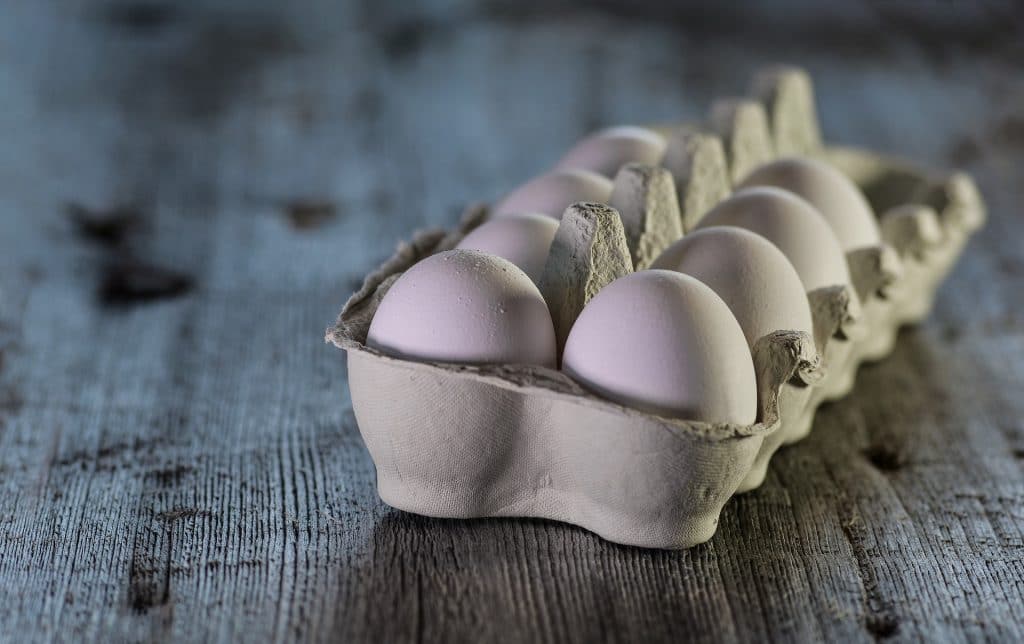[Article updated on 19/09/2023]
In France, according to the Ministry of Agriculture, the quantity of still consumable food thrown away each year is estimated at more than a million tonnes, with a household of 4 people throwing away between 20 and 30 kilos of food per year! (Report from the Ministry of Ecology).
We can avoid part of this waste by consuming expired products…but not just any products!
“Expired” is not the same as “rotten”?
No, “expired” does not necessarily mean “damaged”, “dangerous” or “rotten”…
If the very concept of eating expired food products scares us, it is because we still have trouble distinguishing between two fundamental notions on this subject and we absolutely must explain this to you.
There exists the Minimum Durability Date (DDM, “to be consumed preferably before…”, “to be consumed before the end…”) and the Expiration date (DLC, “to consume until…) food.
With the DLC, we are not joking: if it is exceeded, we risk putting our health at risk by eating the food.
But you can absolutely consume a product whose MBD has been exceeded without any risk, apart from a slight loss of flavor and nutritional benefits.
DDM simply means: “it’s better before, but it’s still good after”.
But what can we consume after the date then?
Generally, dry foods such as pasta, rice, semolina, sachet soups, biscuits and canned foods can be consumed after the expiration date, especially the date appearing after the title. “to consume preferably before… “ corresponds to a Minimum Durability Date which, as I have just told you, in no way prohibits the consumption of a product beyond this date.
On the other hand, be careful with the canned food that it is not damaged as there may be a risk of bacterial contamination.
And if your curry powder has become paler and no longer has much of an odor, you can still eat it even expired.
You will probably just need to add a little more to flavor the dish.
What about the white film on the chocolate?
Regarding chocolate and the white film that settles on the surface once the date has passed…Don’t worry, chocolate can also be consumed up to two years after its expiration date.
The white film on the surface does not present any health risks.
And since I’m talking about sweet products, honey and sugar last for life! However, the texture may change but without any impact on health.
And yogurts?
On the other hand, it is true that eating expired yogurt sounds like a survival test!
And yet: when we throw away expired yogurt thinking we’re doing a good deed, we’re actually a little wrong…
Please note that yogurts can be eaten three weeks after the indicated date, if they have been kept cool and I advise you to taste before… And, as the magazine points out ” 60 million consumers “, avoid “eating yogurt that seems spoiled, with a swollen lid, a bad smell or traces of mold for example.”
In fact, manufacturers “protect themselves” by putting a shorter DLC.
Please note, what I say only applies to yogurts, not to dairy desserts such as chocolate mousses or creams, Liège, etc.
And regarding UHT milk (heated to Ultra High Temperature), it can be drunk two months beyond the expiration date.
On the other hand, it will have lost vitamins and minerals and will be a little more acidic.
And the eggs?
For eggs, if the shell is not damaged, if they have not been washed, they can be consumed up to 4 weeks after the expiry date but be careful to be sure!
To check, I have a tip for you: immerse the egg in cold water, if it floats, throw it away!
And a little additional information: the raw white can be kept out of its shell for a week in the refrigerator but the yellow can only be kept for a few hours!

And the meat?
For cold cuts or meat, fish or ready meals, do not risk your health and respect the expiration dates.
For other foods, always the same rule, check carefully before eating a food whose MBD has been exceeded, that the packaging is not damaged, and that the smell and taste seem normal to you.
Here is a list to summarize:
- THE Honey : for life ;
- THE chocolate : up to two years after its expiry date;
- dry products (pasta, rice, lentils,…): several years;
- cans: several years;
- UHT milk: up to two months after its expiry date;
- frozen foods: several months after their expiration date, provided they are never defrosted. More precisely, fruits and vegetables have a shelf life of 30 months, cooked meals 24 months, poultry 18 months, cooked pastries 18 months, breaded fish 24 months, fish 24 months, minced meat 9 months and shellfish 12 months;
- yogurts: up to three weeks after the date indicated;
- raw ham: up to two weeks after the MDD;
- spices, sugar and salt: for life;
- flour: years;
- freeze-dried products, such as coffee or soup in sachets: for life;
- dry biscuits that have not been opened or which have been stored in an airtight plastic container. However, if the biscuits are soft, consider recycling them into a cheesecake base or crumble dough rather than throwing them away.
In conclusion
- Expired does not necessarily mean “spoiled”, “dangerous” or “rotten”… (but you shouldn’t get the wrong food);
- Clearly differentiate between “DDM” and “DLC”: the DDM is a date that we can exceed without any risk to our health;
- Once the DDM has been exceeded, you must check that the product has a good appearance, a good smell and a good taste and so you will waste less food.
